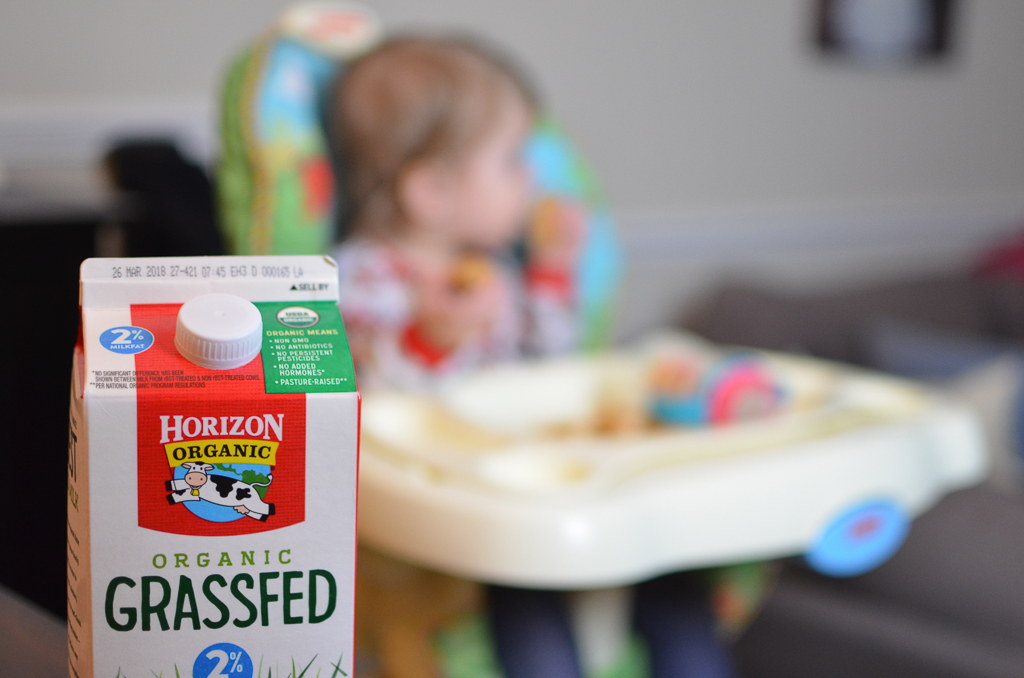I. Introduction

A. Importance of milk in a toddler’s diet
Milk is a significant source of essential nutrients for a growing toddler. It provides calcium for strong bones and teeth, protein for growth and development, vitamins for a healthy immune system, and other essential nutrients. It is crucial to establish a healthy milk-drinking habit to ensure their overall well-being.
B. Overview of the article’s content
This article aims to provide tips and strategies to encourage toddlers to drink milk. It will discuss making milk appealing to toddlers by offering a variety of milk options, experimenting with different flavors and temperatures, and presenting it in fun and creative ways. Additionally, it will cover establishing a positive milk routine by maintaining consistency and regularity, incorporating milk into daily routines, and leading by example.
II. Making Milk Appealing to Toddlers
A. Offering a variety of milk options
- Cow’s milk, plant-based alternatives, and fortified milk
Exploring different milk options such as cow’s milk, plant-based alternatives like almond or soy milk, or fortified milk with additional nutrients can provide options that suit a toddler’s taste preferences and dietary needs. - Experimenting with different flavors and temperatures
Offering different flavored milk options, such as chocolate or strawberry, can make milk more enticing to toddlers. Additionally, serving milk at different temperatures, such as warm or chilled, can cater to their sensory preferences.
B. Fun and creative serving presentations
- Using colorful cups or straws
Using colorful cups or fun-shaped drinking cups can make milk-drinking more engaging and exciting for toddlers. Adding colorful straws can also make it more enjoyable and encourage active participation. - Adding a touch of sweetness with natural flavorings
To enhance the taste of milk, natural flavorings like a small amount of pure vanilla extract or a sprinkle of cinnamon can be added. These natural sweeteners can make milk more appealing without adding excess sugar.
III. Establishing a Positive Milk Routine
A. Consistency and regularity

- Establishing set milk-drinking times Creating a routine by setting specific times for milk consumption can help toddlers develop a habit of drinking milk regularly. This can be during meals, snacks, or before bedtime.
- Incorporating milk into daily routines, such as meals or before bedtime Parents can incorporate milk into daily routines to make it a consistent part of their toddler’s routine. Offering milk as a beverage during meals or incorporating it as part of their bedtime routine can help create an association between milk and these regular activities.
B. Leading by example
- Encouraging family and caregivers to drink milk When parents and caregivers actively drink milk, it sets a positive example for toddlers. Seeing others enjoy and appreciate milk can influence toddlers to do the same.
- Sharing positive experiences and enjoyment of milk Parents can create a positive environment around milk by sharing their own experiences and expressing enjoyment when drinking milk. This can help create a positive association and make toddlers more inclined to drink milk willingly.
IV. Overcoming Challenges and Difficulties
A. Transitioning from bottles to cups

- Gradual introduction of cups Transitioning from bottles to cups can be a challenging process for toddlers. One approach is to introduce cups gradually by offering them alongside bottles during mealtimes. This allows toddlers to familiarize themselves with the cup and develop comfort and confidence in using it.
- Involving toddlers in the cup selection process Allowing toddlers to be involved in selecting their cups can make the transition more exciting and engaging. Letting them choose cups with their favorite colors, characters, or designs gives them a sense of ownership and encourages them to use the cup willingly.
B. Dealing with taste preferences or aversions
- Offering flavored milk options or alternatives If a toddler has taste preferences or aversions that make plain milk unappealing, flavored milk options can be introduced. This can be achieved by adding a small amount of natural sweeteners, such as a teaspoon of honey or a dash of cocoa powder, to enhance the taste. Alternatively, parents can consider offering alternative milk options such as flavored plant-based milks, as long as they meet nutritional requirements.
- Patience and persistence in introducing new flavors Toddlers may need repeated exposure to new flavors before accepting them. It is important for parents to be patient and persistent when introducing new flavors of milk. Offering small tastes over time and encouraging exploration of different options can help toddlers gradually develop a liking for new flavors.
V. Ensuring Nutritional Balance Beyond Milk
A. Incorporating milk into balanced meals

- Pairing milk with fruits, whole grains, or protein sources To ensure a well-rounded diet, parents can incorporate milk into balanced meals by pairing it with other nutrient-rich foods. Offering milk with fruits, whole grains like oatmeal or whole-wheat toast, or protein sources such as eggs or lean meats provides a complete meal that supports overall nutrition.
- Creating nutritious smoothies or shakes with milk as a base Smoothies or shakes can be an enjoyable and nutritious way to include milk in a toddler’s diet. By blending milk with fruits and vegetables, parents can create flavorful and nutrient-packed beverages that toddlers will enjoy. This also provides an opportunity to introduce new flavors and textures in a fun and appealing way.
B. Supplementing with other calcium-rich foods
- Yogurt, cheese, and leafy greens as alternative calcium sources If a toddler has difficulty consuming sufficient milk, parents can supplement their calcium intake by including other calcium-rich foods in their diet. Foods like yogurt, cheese, and leafy greens such as kale or spinach can contribute to meeting their calcium needs.
- Consultation with a pediatrician for personalized dietary recommendations To ensure that a toddler’s nutritional needs are met, it is essential to consult with a pediatrician. They can provide personalized dietary recommendations based on a child’s specific requirements, preferences, and any potential dietary restrictions or allergies.
VI. Conclusion
In conclusion, encouraging toddlers to drink milk can be challenging but achievable with the right strategies. Transitioning from bottles to cups should be gradual, involving toddlers in the cup selection process to create a sense of ownership. Dealing with taste preferences or aversions to plain milk can be addressed by offering flavored milk options or alternative milk choices. Ensuring nutritional balance beyond milk can be achieved by incorporating milk into balanced meals, creating nutritious smoothies, and supplementing with calcium-rich foods. As always, consultation with a pediatrician is key to personalized dietary recommendations. By implementing these strategies, parents can establish healthy drinking habits and contribute to the overall well-being of their toddlers.

